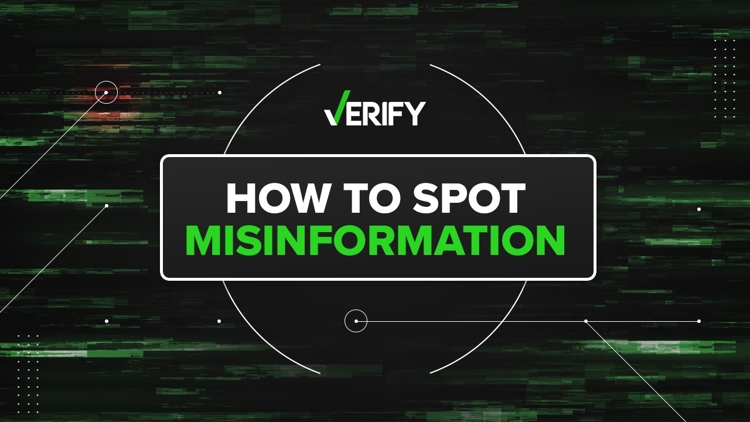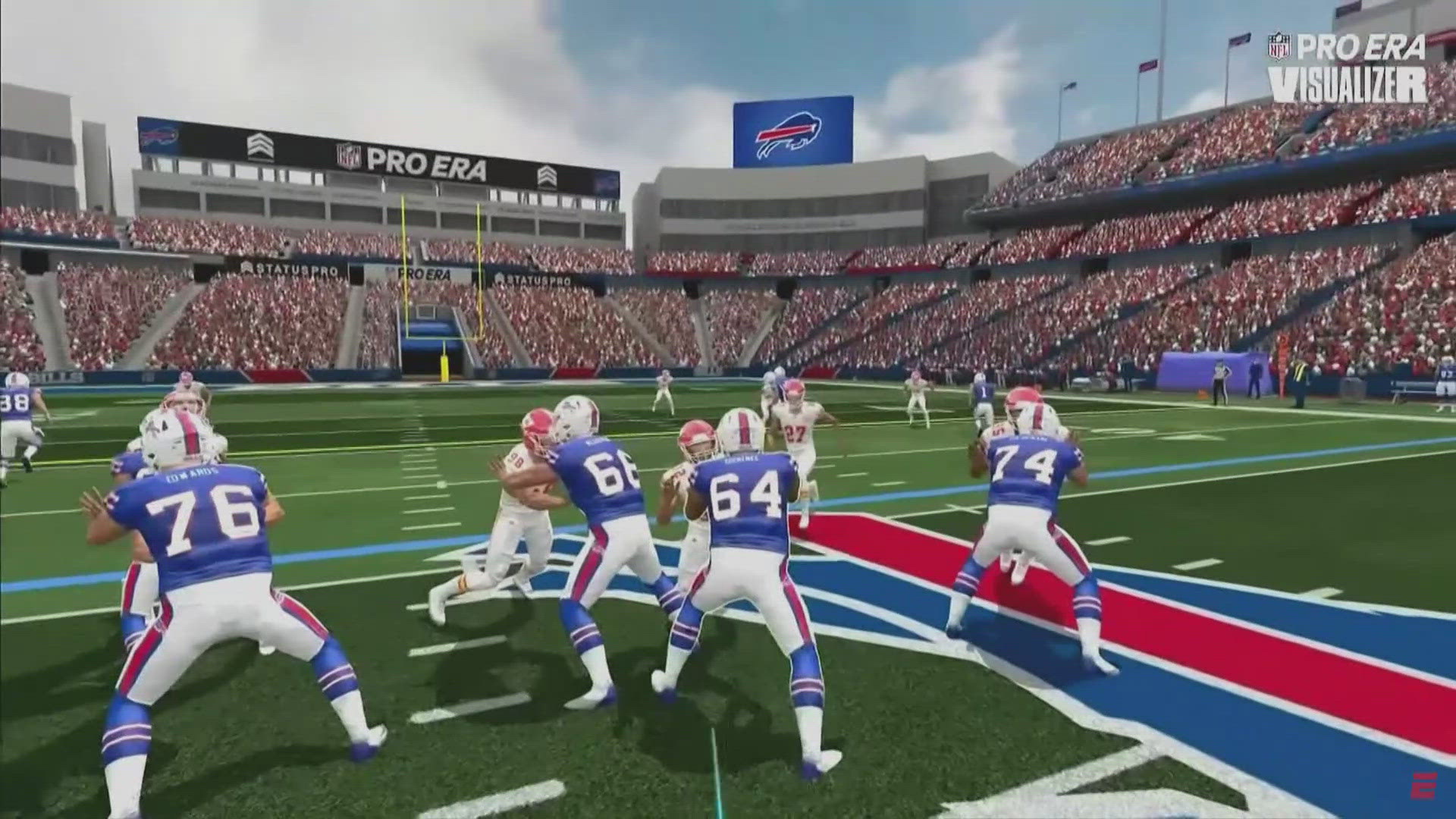At VERIFY, our mission is to help our audience know what’s true and false. We know that can sometimes be challenging. Whether it’s a graphic on social media, a questionable quote from a politician or celebrity, a video claiming to show something shocking, or an extreme statement from a friend or family member, it can feel hard to know what’s real.
VERIFY is a group of journalists who work to find the truth behind these kinds of claims. Some claims are difficult to fact-check, but many others can be simple if you know the right things to look for.
Here are a few key steps to consider when you see something you want to VERIFY. We hope this helps you spot misinformation and share how you know that something is true or false with the people in your life who may be confused.
Key steps to fact-check misinformation
1. Is this realistic?
This is what we call the “gut-check” step. Pause for a moment and ask yourself:
Does the context of this claim make sense?
Does someone stand to benefit from spreading this rumor, or does it harm reputations?
Does the post elicit strong emotions, whether good or bad?
People who spread misinformation online hope that others will share a post before stepping back and doing a basic gut-check. For example, a photo on social media went viral earlier this year, claiming that Dick’s Sporting Goods was selling Stanley Cups for just $19. At that time, Stanley Cups were wildly popular with people paying over retail value for them. A major retailer selling them at a deep discount wasn’t realistic. The post was actually a scam.
2. Who is the claim about?
Is the claim alleging that a famous person said or did something shocking? Don’t take that at face value. Check to see whether the celebrity or politician has put out a statement. Now we know that people can lie, so you can also check records from events. Are there audio or video recordings that can corroborate the claim?
For example, there are some videos online that claim to show celebrities such as Dolly Parton endorsing “keto gummies.” But when we reviewed Parton’s official social media accounts, we found an Instagram post that stated, “Dolly Parton is not affiliated with, has not endorsed and is not associated with any keto or CBD gummy product. She’s more the cake, cookie and cornbread type.”
3. Who made the claim?
If a claim was made on social media, who posted it? Are they a reliable source? It may be trustworthy if a subject matter expert or someone with direct knowledge of a claim said it, such as a cardiologist sharing information about heart problems. But if the person is just spreading information that they “heard” without a direct link to the information in the claim, that is a reason to be suspicious. For example, there are chain messages that claim if you post a message to your Facebook account, then Facebook can’t use your data. Those are completely false but spread like wildfire.
4. Who took the photo or video?
Look for a photographer credited in a photo, or a person named in a photo. Often, a widely shared image will not name a photographer or even the subject. For example, there are many dramatic images like this one on Facebook, claiming to show three children huddled together in rubble, with the text, “Why don’t photos like these ever trend?” But this photo doesn’t list a photographer, location or the names of people allegedly in the photo. We’ve fact-checked images like this and found they were created with artificial intelligence.
If there is a photographer listed, do a quick Google search of the photographer’s name to make sure they are a real person, and not a made-up name or an account that routinely posts fake images.
5. Do a quick internet search
This is a simple step but it can save you loads of time. Often if you’re googling something that is misinformation, a fact-check will pop up in your search results. If it’s legitimate, you’ll often see reputable news sources reporting the facts. If it’s not legitimate, there will typically be a lack of relevant search results.
6. Are there credible media reports about the claim?
If something shocking did happen, it’s highly likely that a credible media report will exist about the topic. If the only media report that exists is from an outlet known to spread misinformation, or an outlet that describes itself as a “parody account,” that is a red flag. For example, in September, several social posts falsely claimed Taylor Swift was canceling her tour dates after she endorsed Kamala Harris for president. Those posts linked back to an article on Esspots.com. If you click the “About Us” section on that website, it says it specializes “in Satire and Parody News.”
RELATED: Taylor Swift isn’t having trouble with ticket sales or losing brand deals since endorsing Harris
7. Do a reverse image search
If you want to fact-check an image, you can easily do a reverse image search online or on your phone. A reverse search can point you to the original image, media reports about the image and other fact-checks.
If an image is AI-generated, a reverse image search will often not reveal any exact matches. That is a red flag that the image is not real.
We made this short video to show you an easy way to reverse search.
8. Is this a list of claims? Fact-check each claim individually and check the source.
Often, a list of claims attributed to a certain person or political party will go viral. This is a classic way to spread misinformation. Sometimes there is truth to some of the claims, but other outlandish claims are grouped together with the intention to spread misinformation. In this case, check each claim individually.
In addition, lists like these are often inaccurately attributed to a certain source. For example, an image of a “Florida banned book list” was seen millions of times on social media in 2022. However, VERIFY found that the state of Florida doesn’t even have a statewide list of banned books – those decisions are made by individual school districts.
We hope this list is helpful! As always, if you have something you want us to fact-check, just let us know. You can email us at questions@verifythis.com.



